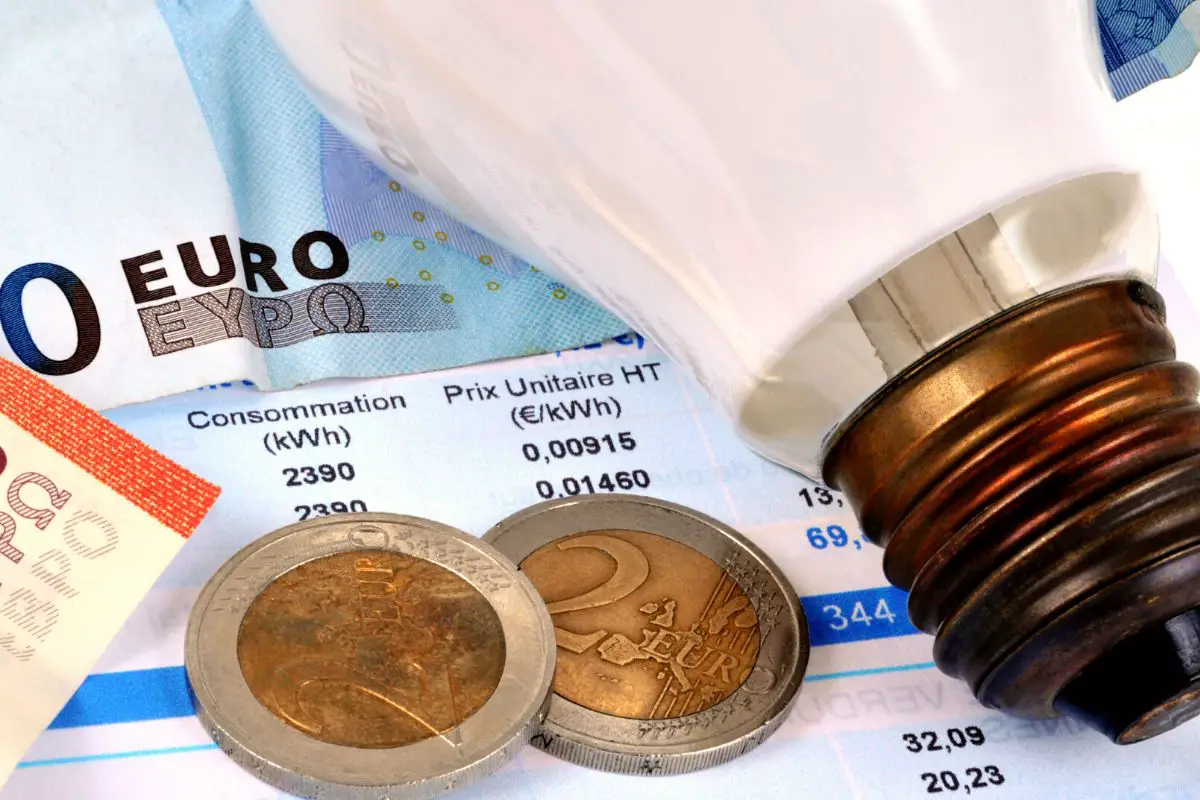Electric Bill Before vs After Solar Panels: Getting the Power Equation Right
One common thought that many people have before shifting to solar is- how much money do solar panels save per year?
Fact is, solar power is not just a great source of renewable energy. It can also turn our dreams of having a negative power bill into reality.
However, the actual savings will depend on multiple factors. That includes the capacity of the solar system and your power usage patterns.
Honestly, comparing electricity bills isn’t an easy task for a non-techie like me. But before investing in solar, it is necessary to find out if it is worth the initial investment.
And to do that, digging deeper into the world of power bills and solar panels is necessary.
Related Article: Solar Panels vs Wind Turbine for Homes
How Does Solar Reduce Your Power Bills?
Check this out: In 2021, more than 500,000 solar projects were installed across the US. Even with supply chain and logistical constraints prevailing throughout the year, this record growth has made it a successful year for the solar industry.
That means more people are now aware of the fact that a rooftop solar installation can pay off in the long run. And with multiple reputed installers, solar rentals, and financing options available in the market, buyers are spoilt for choices.

Before you get carried away, let me tell you that when you are looking to reduce your power bills, you need to choose right. And that needs the right amount of research and some math.
One real-life aspect of solar panels is the high initial investment. So, the payback period will depend on the amount of money you will save on your bills. That, in turn, depends on the solar power generation capacity and the energy costs in your area.
Here is a quick breakdown to help you understand.
Let us consider a solar panel with a rating of 300 watts. If you live in a sunny state like California or Texas, such a panel can get around 5 hours of sunlight in a day. So the total panel output can be found by multiplying 300 x 5. This amounts to 1500 watt-hours (Wh) or 1.5 kilowatt-hours (kWh).
Generally, a high-capacity rooftop solar panel can generate around 1.5 to 2 kWh per day. The total amount of power generated will depend on the number of panels in the system.
The average power consumption in the US is around 30 kWh per day. So, installing 20 to 22 panels of 300 Watt capacity should be sufficient to cover the electricity needs of such a home.
Considering the average retail price of electricity to be about 11.18¢ per kWh, you can calculate the electricity savings per month.
But have you ever checked the posts mentioning electric bills before and after solar panels in forums like Reddit?
Actually, not everyone can offset the power bills completely by using solar power. In many cases, solar power generation is affected by various factors.
Factors That Affect Solar Panel Power Generation
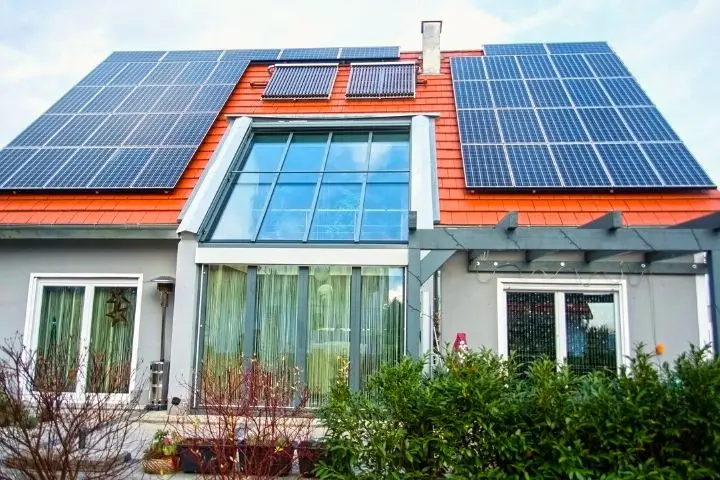
There are various factors that affect the power generated by solar panels. Here are the major ones.
1. Panel Efficiency
Most solar panels can convert around 20% of the solar radiation that hit them into solar energy. The two main factors affecting these are the cell design and the type of silicon used. Panels made from N-type silicon substrate offer higher efficiency.
In addition, factors like the interconnection of the cells and panel temperature also affect power generation.
The good news is, panel efficiency is rising. Some high-end solar panels like the Maxeon from Sunpower offer close to 22% efficiency.
With higher panel efficiency, you will get more energy. If you compare two panels of the same physical size, the one with better efficiency will produce more power. As a result, it will increase your bill savings.
That said, the price of the high-efficiency panels and the initial investment will also go up.
Now, there are two size groups for solar panels: 60-cell panels and 72-cell panels. You might think of increasing efficiency by choosing a higher size group
While 72-cell panels produce more power, they are larger in size. So they can’t be placed on residential properties with smaller roofs.
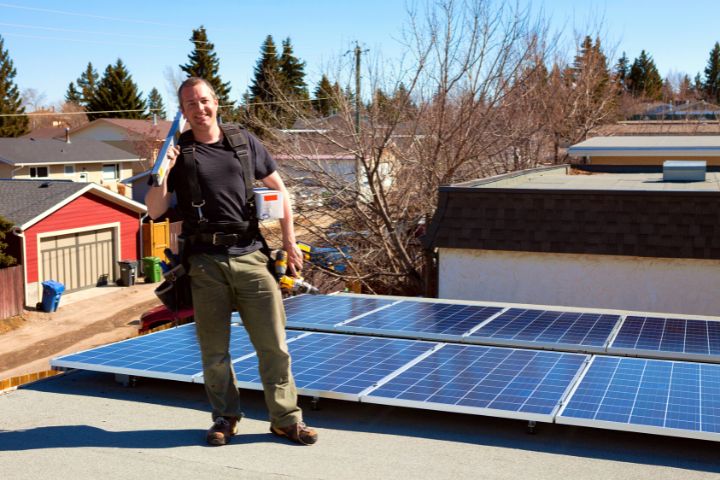
2. Latitude and Orientation
The angle and orientation of each panel are vital to ensure that they receive direct solar radiation for the longest time. That means the panel orientation and inclination will depend on the solar irradiation and the solar path through the year.
Also, the performance of the solar panels will depend on the incident light, not heat. So sunny and cold zones will lead to more panel efficiency than hot and humid locations.
Consider a location like Massachusetts, which has a lower latitude than places in Northern Europe or Canada. The conversion efficiency of solar cells in this area will be lower than in a spot like Oslo, Norway, which has a higher latitude.
A major reason for this is the energy output from solar panels can reduce by 10% to 25% due to heat buildup. This can be an issue in hot locations.
3. Solar Shadings
The panel output will vary depending on the shading on the panels. Cloudy conditions will reduce the intensity of solar radiation, leading to a decrease in panel efficiency. Ideally, partial shading should be considered while estimating the panel requirement for an installation.
In the case of panels connected in series, the shading of one will affect the total output of the entire system. To avoid this, many installers use bypass diodes that are connected parallel to the panels.
Do You Pay for Electricity If You Have Solar Panels?
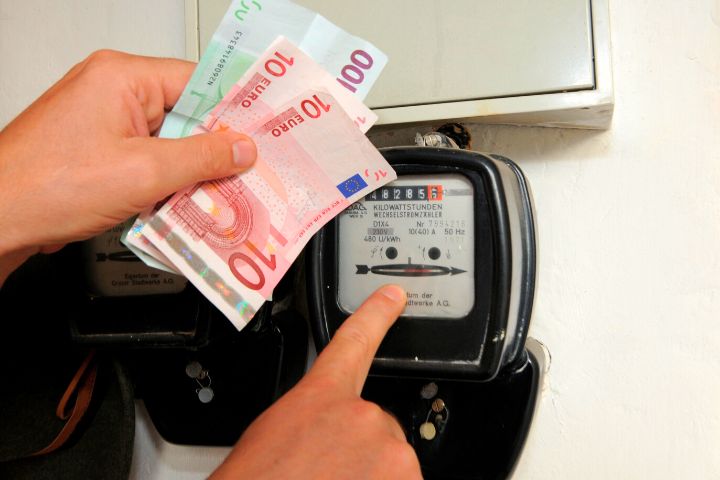
This depends on the nature of your solar installation. With a Solar On Grid system or Solar Net Metering system, you will keep receiving electric bills. However, the amount of the bill will come down depending on the solar power generation and your home’s energy consumption.
Some homes can generate enough solar power to run all of their utilities. A few others can even generate excess power and sell it back to the grid. That way, you can get paid for the power you generate.
For some homes, there will be a bill for the energy consumed from the grid that is beyond the amount of solar power generated. You will also need grid support if the solar system fails and you do not have a battery backup.
In theory, when you install a reliable solar power system of the right capacity, you can save around 90% on your monthly electric bills.
On the other hand, you can plan to set up a Solar Off Grid system by becoming completely dependent on solar energy. This will disconnect you from the grid and you will not receive any further electricity bills.
But remember, solar panels are not a magic wand for reducing your electricity bills overnight. There are plenty of users who complain about a relatively high power bill even after installing solar panels.
That can be due to issues with installation, or your power consumption patterns.
How Much Do Solar Panels Save: An Example
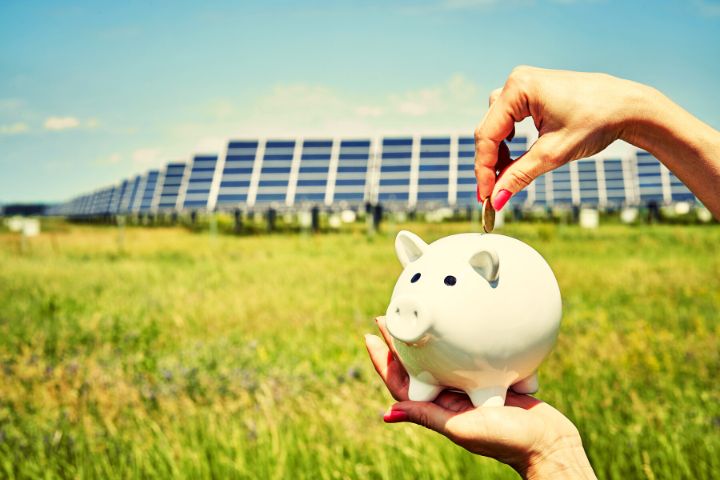
As I said, to decide whether solar panels are worth it for your home, you need to estimate your savings. For that, you need to find out the payback period.
Firstly, you need to calculate your average electricity bills. This will vary depending on the energy price in your area. I would suggest that you go back by six to eight months to take the seasonal load variations into account.
Consider your average annual expense on power bills as $1500.
The next step is to calculate the initial investment, including the solar installation costs. Take cost estimates from a few suppliers in your area to compare performance. Just like grid rates, the cost of solar installation will vary depending on the state.
Beyond that, consider the tax credits on residential solar panels. For systems installed in 2022, you can get a 26% tax credit.
The average cost of solar panel installations in the US after considering tax credits is $12,000. If you divide this expense by the annual expense on power, the number will give you the payback period.
Keep in mind that we are assuming that you will derive all your power from solar, without extracting any from the grid.
In the above example, it is eight years. Once the system pays for itself, you will continue saving $1500 each year.
Considering that the life expectancy of solar panels is around 25 years, you will be able to save $25,500 in the next 17 years. The higher the power charges in your state, the more you will save. Moreover, power costs will keep rising at a rate of around 3% per year.
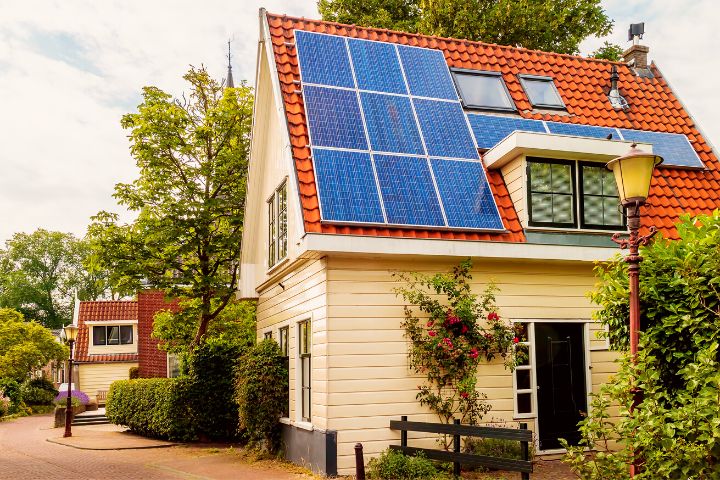
The good news is, solar panels will not die out after 25 years. They will keep generating power at a reduced rate, which is around 80% of their rated capacity.
However, the exact amount of savings will depend on multiple factors and will need a more detailed calculation. The energy equation will also change if you choose a solar rental plan to avoid the installation expenses.
To sum up, if you live in a sunny location, solar panels are worth the investment.
Frequently Asked Questions
Why do I still have an electric bill with solar panels?
You will still have an electric bill with solar panels when you are using a Solar On Grid system or Solar Net Metering system. That way you will be charged for the energy you are deriving from the grid if the panels are not supplying enough power for your home. Likewise, you can also get credits for supplying your excess energy back to the grid.
How much is the electric bill with solar panels?
The value of the electric bill before vs after solar panels will depend on the power generated by the panels. If they can cover all your power needs, your electricity bills will come down drastically. If not, you will have to pay for the amount that you are drawing from the grid.
What is the best time to use electricity with solar panels?
The best time to use electricity with solar panels is when they are producing maximum power during the daytime. If your power requirements are high during the night, you will end up drawing more from the grid and paying higher power bills.

